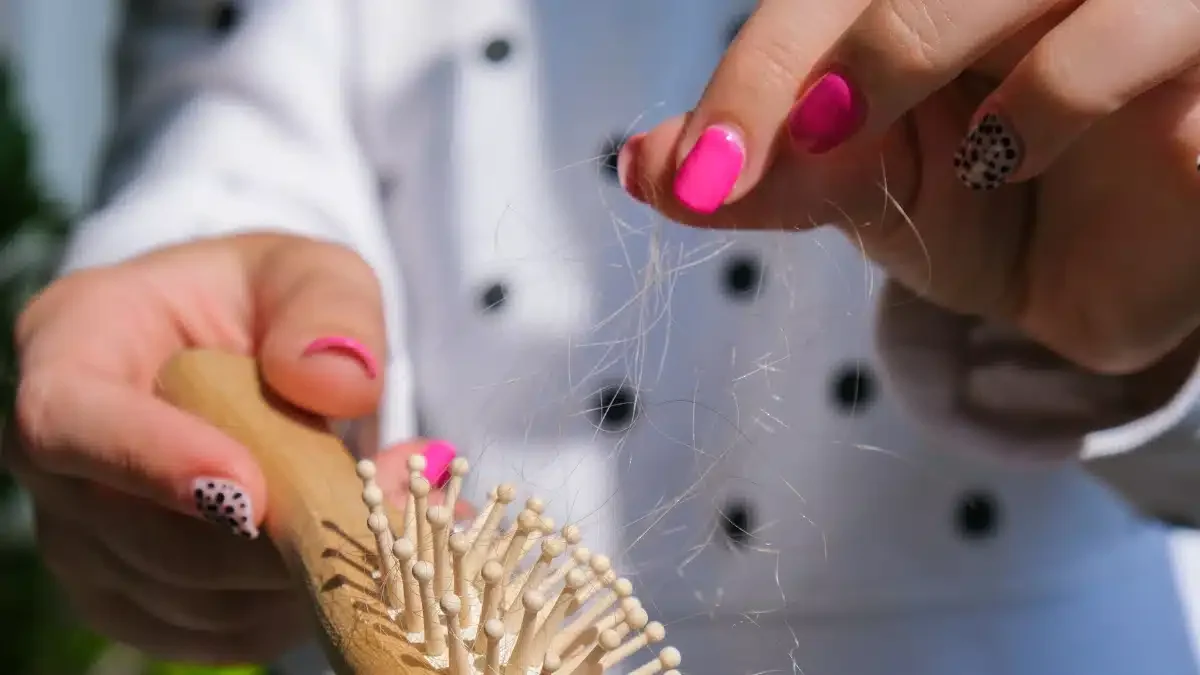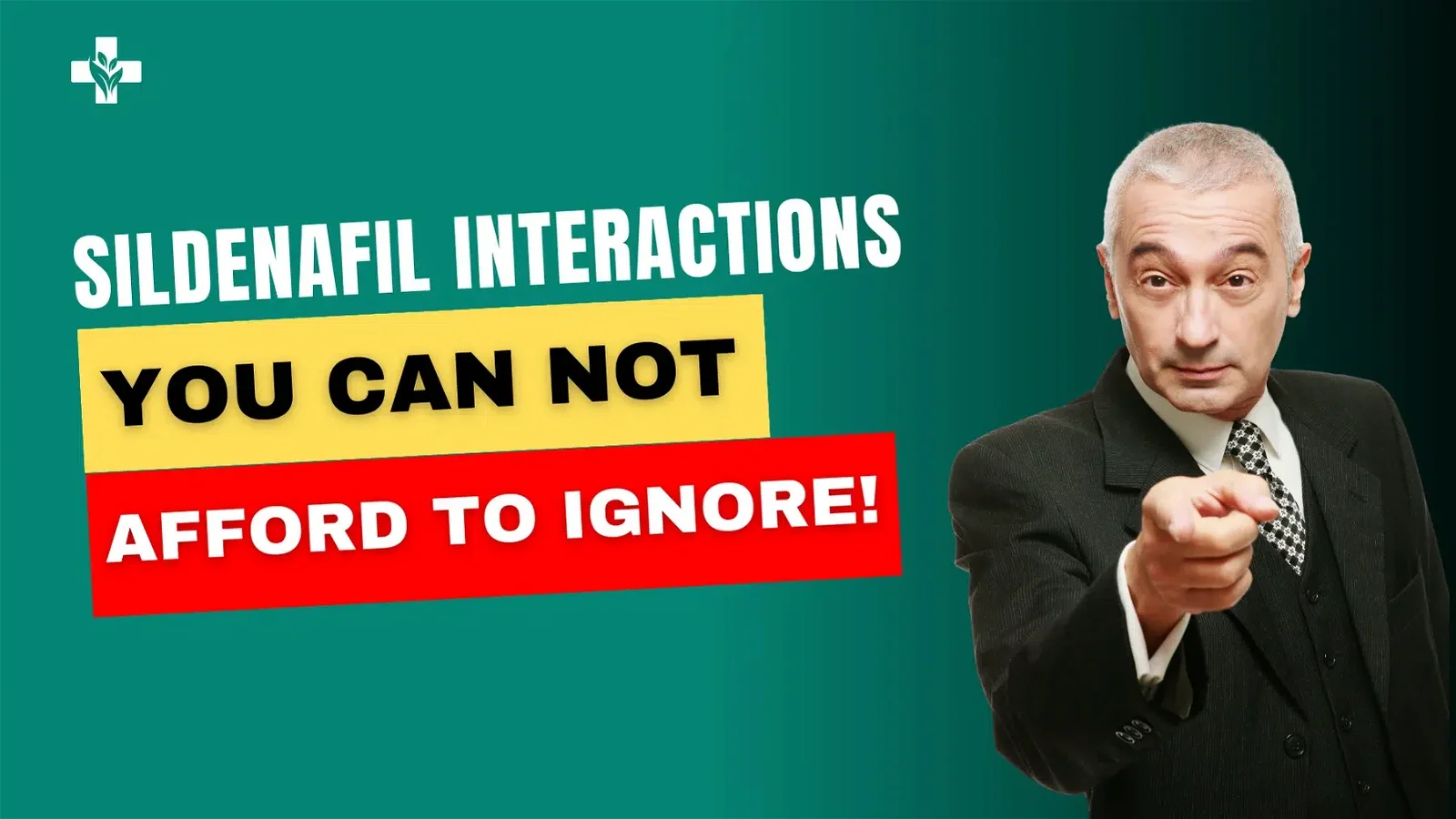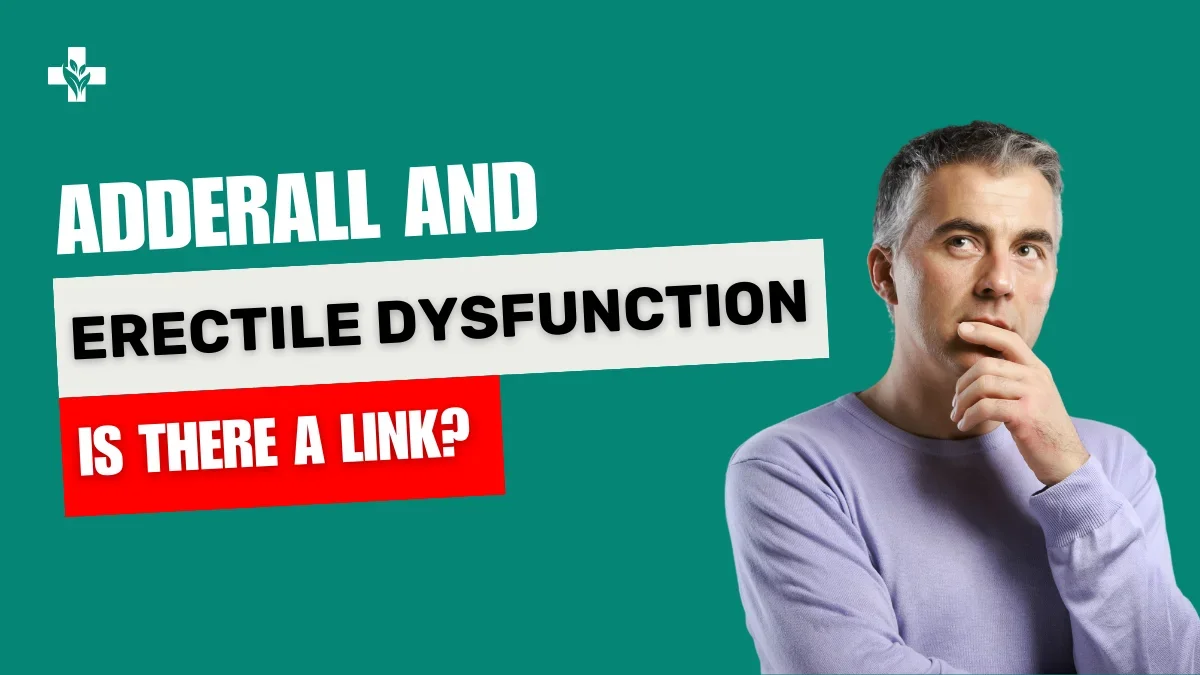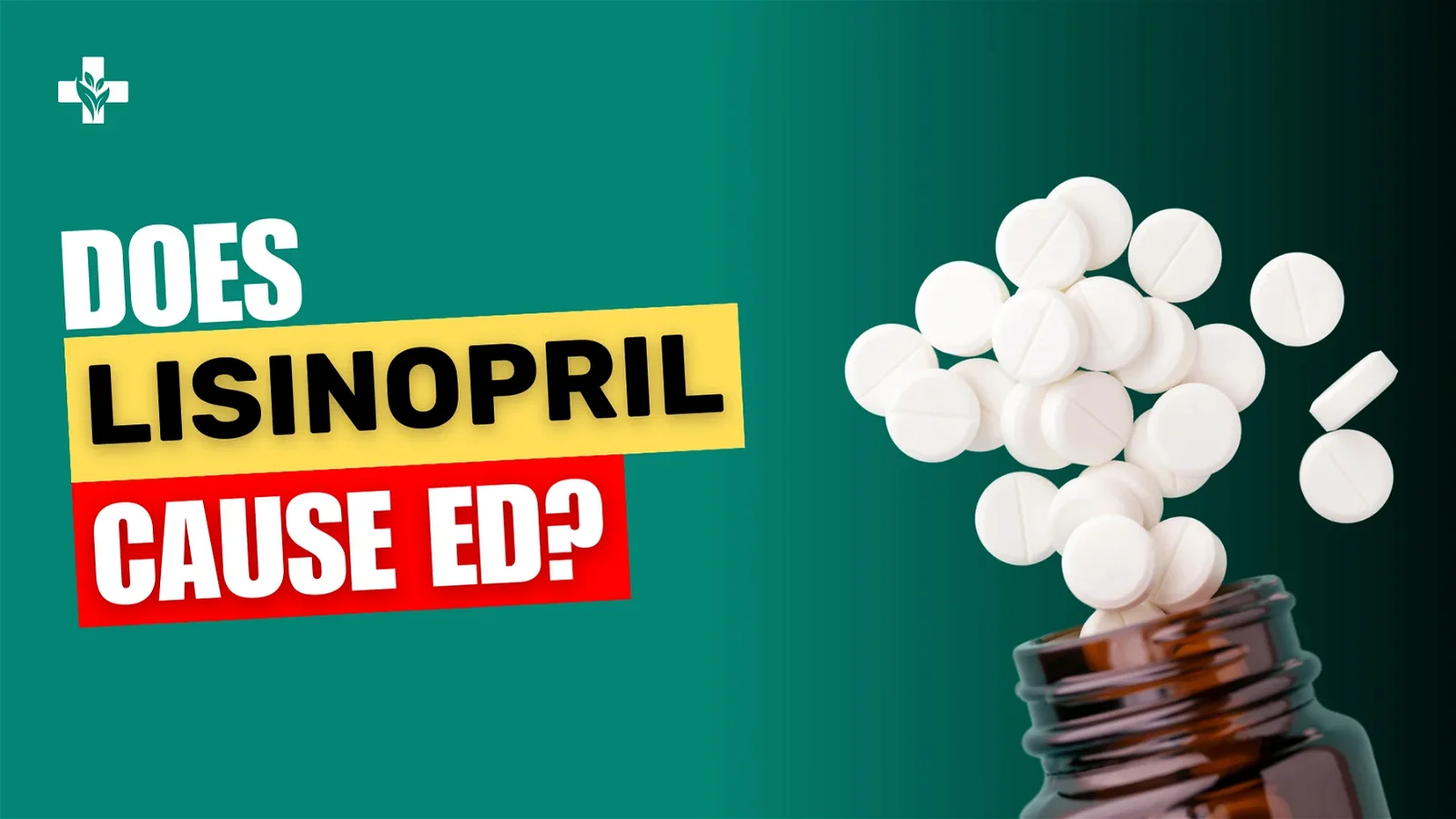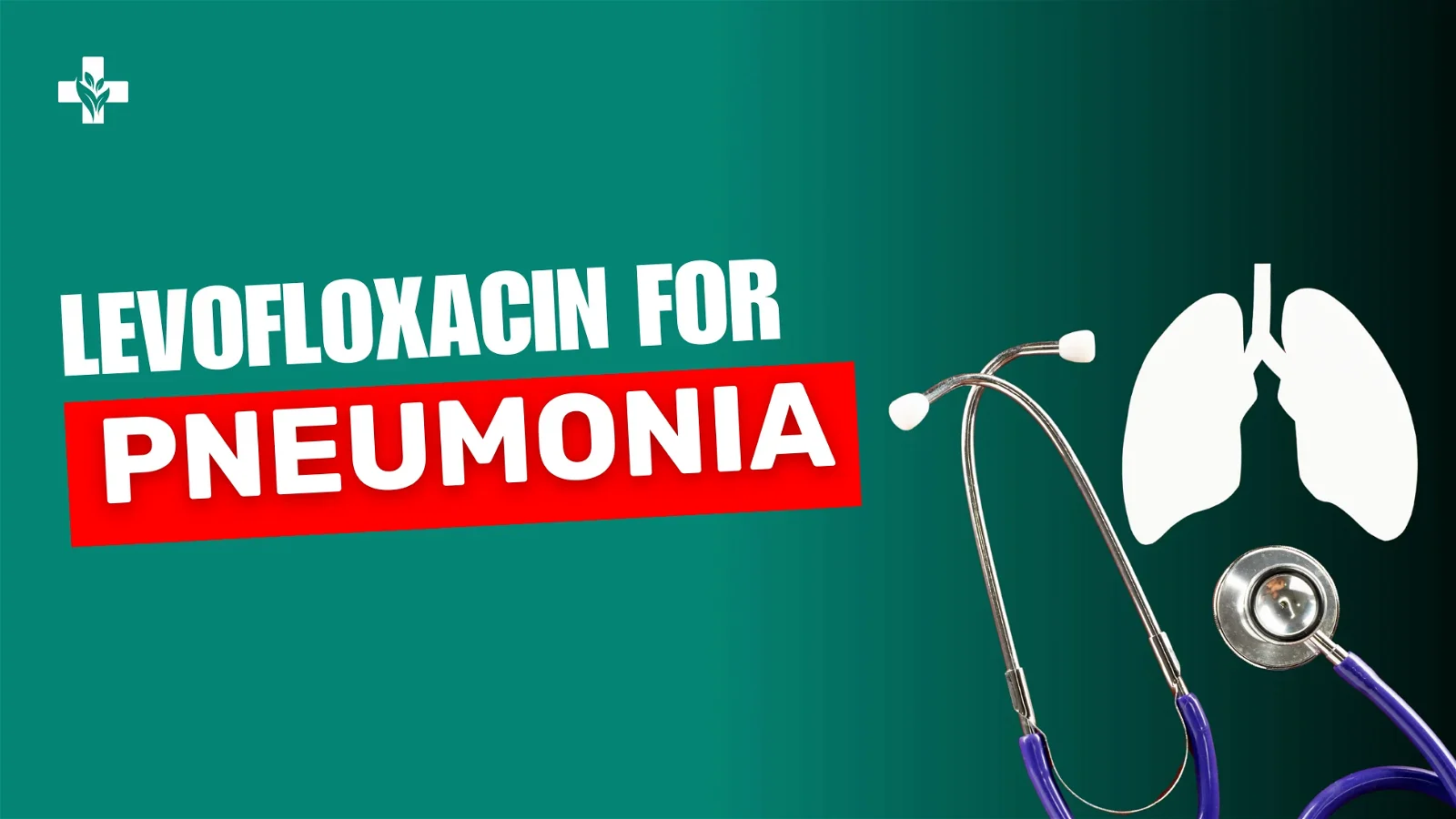People with Hair loss are familiar with two names Finasteride and Minoxidil.
Both of these medicines are successful in treating Pattern Baldness or Androgenetic Alopecia. It affects more than 50 million males and 30 million females in the USA.
They continue to help men and women regain their lost self-confidence.
Keep reading to learn more about the differences between Finasteride and Minoxidil.
You will find the answers to questions such as Do either of them work? Or Which is right for me?
Continue reading to know about the real winner Finasteride vs Minoxidil.
What is the difference between Finasteride and Minoxidil
Finasteride came as an effective oral medicine for treating Benign Prostatic Hyperplasia (BPH). It helps patients by shrinking the enlarged prostate.
It also treats Male Pattern Baldness.
Finasteride is a Dihydrotestosterone (DHT) blocker.
DHT is a hormone that binds to men’s hair follicles and damages them, leaving them unable to grow new hair.
Finasteride stops your body from converting Testosterone into DHT, which causes hair loss.
It prevents the hormone from attacking hair follicles, reducing or preventing hair loss.
Finasteride is available under the brand name Propecia in all leading pharmacies.
It does not work against other causes of hair loss, such as chemotherapy, stress, or medication.
According to the American Academy of Dermatology (AAD), doctors may also prescribe Finasteride medication to treat a woman who has hereditary hair loss and cannot get pregnant.
Minoxidil is a hair growth stimulator.
It acts as a Vasodilator, widening the blood vessels inside the hair scalps. As a result, there is an increase in the blood flow to your hair follicles.
It is available under the brand name Rogaine.
Minoxidil also increases the Anagen phase of the hair growth cycle.
FDA approves Minoxidil for Androgenetic Alopecia (the most common hair loss). But it’s not approved for all types of hair loss.
“It cannot grow hair if the hair follicles are no longer present, these follicles can be lost in certain hair loss disorders known as scarring alopecias”, explains Sharon Belmo, MD, a skin expert.
But you can still try Minoxidil if your hair loss isn’t pattern baldness because “it’s sometimes used off-label by dermatologists when treating other hair loss conditions”, Belmo adds.
How does Finasteride work


Finasteride prevents the production of DHT, a hormone that causes Male Pattern Baldness.
Your body creates DHT as a byproduct of Testosterone.
It’s essential during childhood and adolescence.
As it helps in the development of your sexual organs and other features like facial and body hair.
DHT can attach to the receptors in your scalp as an adult, causing your hair follicles to miniaturize.
As a result, disrupting your hair’s natural growth cycle prevents it from growing.
During the early stages of hair loss, DHT affects the hair follicles near the hairline and crown.
This results in the classic receding hairline. DHT also increases hair thinning which further leads to hair loss.
Finasteride decreases the DHT levels, which protects your hair follicles from damage. It also prevents hair loss from worsening.
For many men, it also regrows hair in areas of the scalp already affected by Male Pattern Baldness.
How does Minoxidil work
Minoxidil is a medication known as a hair growth stimulator. It works by widening the blood vessels within your scalp.
As a result, there is an increase in blood flow to your hair follicles.
Minoxidil also prolongs the Anagen phase of your hair’s growth cycle.
During the Anagen phase, the hair follicles work to produce a hair fiber. As this phase extends, your hair grows longer before shedding.
What forms do Finasteride and Minoxidil come in?


Doctors generally prescribe Finasteride as an oral pill taken once a day.
But, Minoxidil generally comes as a topical solution. Doctors generally recommend using it twice a day.
Minoxidil comes as a liquid solution with a dropper to apply on your scalp. It also comes as a foam which you can apply with both hands.
The FDA currently approves Minoxidil as a topical medication for hair loss.
Oral Minoxidil is not approved by the FDA for treating hair loss.
So if your doctor prescribes this medicine for treating hair loss, it is “off-label”.
As per FDA, the terms “off-label” or “unapproved” can mean different things. It could mean that your doctor can prescribe this medicine for a condition it is not approved for by the FDA.
Check with your doctor before using any of these medicines. They will determine the best one based on the severity of your condition.
Is it safe to take Minoxidil and Finasteride together?
Yes, as both of these medicines have different mechanisms of action. They are safe and effective when taken together.
As per a 2015 study regular use of both medicines can maintain good hair density.
This study used topical Finasteride instead of the more common oral Finasteride tablets.
There are no interactions between Finasteride and Minoxidil. Yet, check for potential drug interactions before beginning any hair loss medication.
Inform your doctor of any medicine or diet supplement you take to avoid side effects.
They will tell you if you need any change in your routine while treating your hair loss with any of the medicines.
Finasteride vs Minoxidil: Dosage
Minoxidil and Finasteride have very different dosage forms.
In general, doctors recommend Minoxidil as a topical medication. Whereas Finasteride is prevalent as an oral tablet.
To get the best results from Finasteride and Minoxidil, use the medicine as per your doctor.
A typical minoxidil dosage is 1ml of liquid solution applied to the scalp twice daily.
It is usually applied in the morning and at night.
A typical finasteride dosage for Male Pattern Baldness is 1mg daily. It is safe to take on an empty stomach.
You can take Finasteride at any time, but it is best to take it at a fixed time every day.
If you forget to take your Finasteride, skip the missed one and resume your medication as usual. Avoid taking a double dose of Finasteride to make up for the missed dose.
Finasteride vs Minoxidil: Side Effects
Minoxidil and Finasteride are both effective and safe for the majority of people.
Sometimes, like any other medicines, Minoxidil and Finasteride can cause side effects.
The side effects are rarely severe and go away as your body adjusts to the medication.
Some potential side effects of Finasteride are
- Erectile dysfunction (ED)
- Changes in Ejaculatory volume
- Gynecomastia
- Decreased libido
While the above-mentioned sexual dysfunctions may sound alarming, they are not very common.
Clinical trial data from FDA shows that 1.3 % of men who took 1 mg of Finasteride per day experience ED. The results are in comparison to 0.7 % in the placebo group.
In other words, while these side effects are possible, they only affect a small percentage of men.
Here are some side effects of Minoxidil:
- Allergic contact dermatitis
- Discomfort
- Burning sensation
- Isolated pruritus (dry, itchy skin)
- Skin irritation
- Exacerbation of Seborrheic dermatitis
- Hypertrichosis
Minoxidil may also cause Telogen Effluvium. It is a temporary hair loss in which hairs exit the telogen phase of the hair growth cycle.
Even though this may sound unusual, it is a common problem for Minoxidil users.
Minoxidil causes follicles to enter the Anagen phase. As a result, it can disturb the natural hair growth cycle.
In the short term, this can cause the Telogen phase to shorten, resulting in some hair shedding.
This hair loss is only temporary.
Most men notice an improvement after several months of using Minoxidil.
| Hair loss medications | Approx Cost |
|---|---|
| Finpecia 1mg | $6.27 |
| Finalo 1mg | $19 |
| Tugain 5% | $20.54 |
| Hair 4u 2% | $19.80 |
Finasteride vs. Minoxidil: Which is better?
Minoxidil and Finasteride are two different medications with two different purposes.
Minoxidil is a topical vasodilator. It increases blood flow to the scalp and causes hair follicles to enter the anagen phase.
Finasteride is a DHT blocker that helps prevent the damage that causes hair loss.
According to research, Minoxidil and Finasteride treat hair loss from many angles.
So they might work better as partners instead of competitors.
You can easily buy Finasteride and Minoxidil online, delivered in the USA or other parts of the world. Get all your medicines from the most trusted online pharmacy, WowRxPharmacy.
Conclusion
The choice between Finasteride and Minoxidil ultimately depends on the individual’s specific needs when it comes to addressing hair loss.
While both treatments have shown promising results, they target different underlying causes of hair loss and offer varying degrees of effectiveness.
It’s important for anyone considering these treatments to consult experts, as they can provide personalized advice based on the individual’s severity of hair loss and treatment goals.
Ultimately, informed decision-making, guided by medical expertise, will pave the way for successful management of hair loss through either Finasteride or Minoxidil.
Frequently Asked Questions
What is better Propecia or Minoxidil?
Propecia (generic name Finasteride) is more effective than Minoxidil for the treatment of hair loss, say experts at Harvard University. Up to two-thirds of people who take Finasteride for Male Pattern Baldness report good results in new hair growth.
How long do you shed with oral Minoxidil?
Minoxidil can cause hair shedding as a temporary side effect. It lasts generally for four to six weeks and will resolve itself after that short period of time.
Does Finasteride regrow lost hair?
Finasteride helps scalp hair growth and stops further hair loss in men. It prevents the production of DHT, a hormone that causes male pattern baldness.
WowRxPharmacy uses only high-quality sources while writing our articles. Please read our content information policy to know more about how we keep our content reliable and trustworthy.


